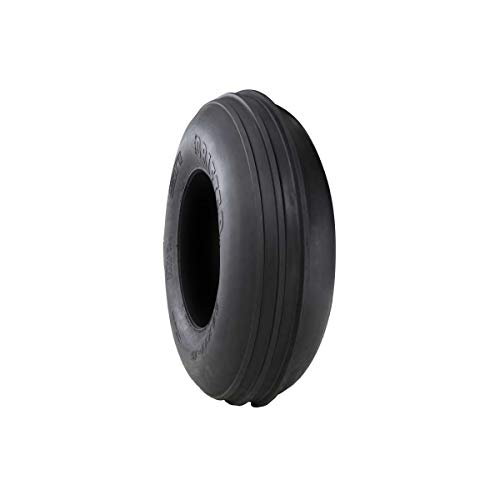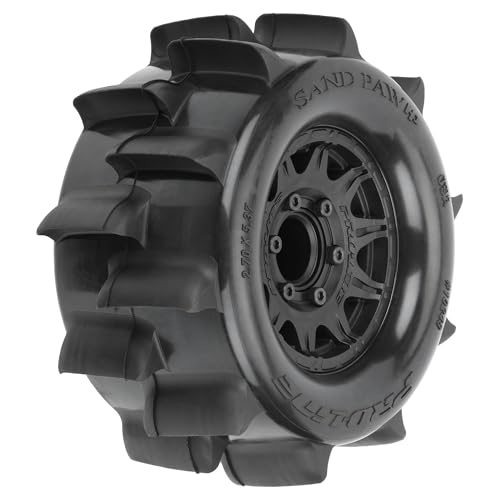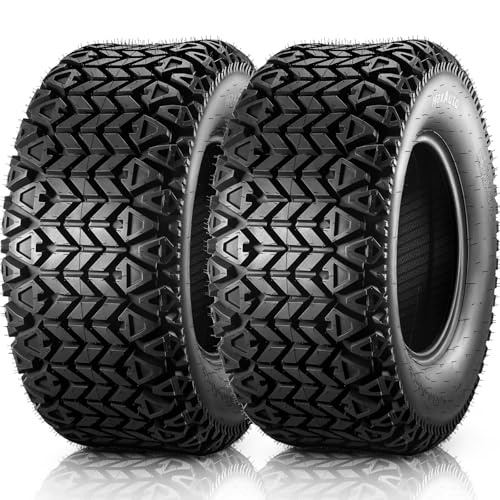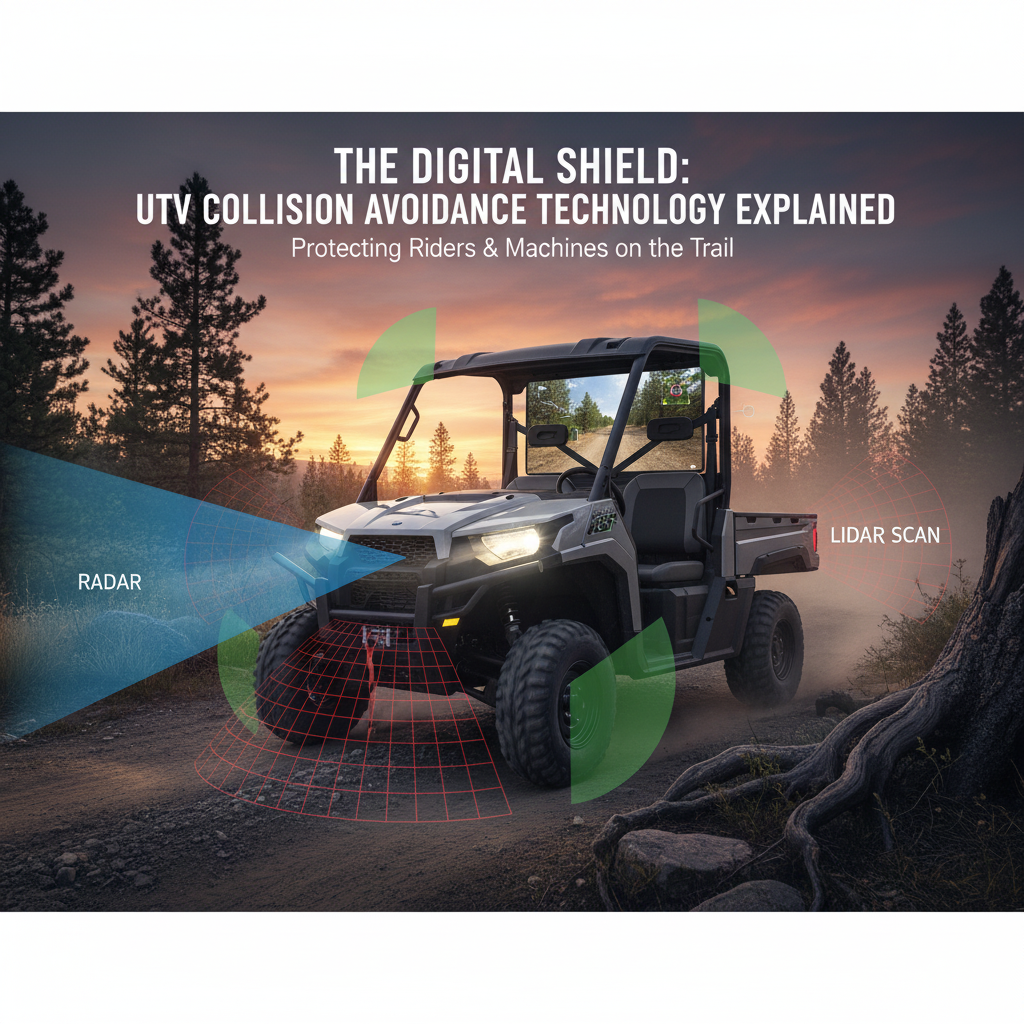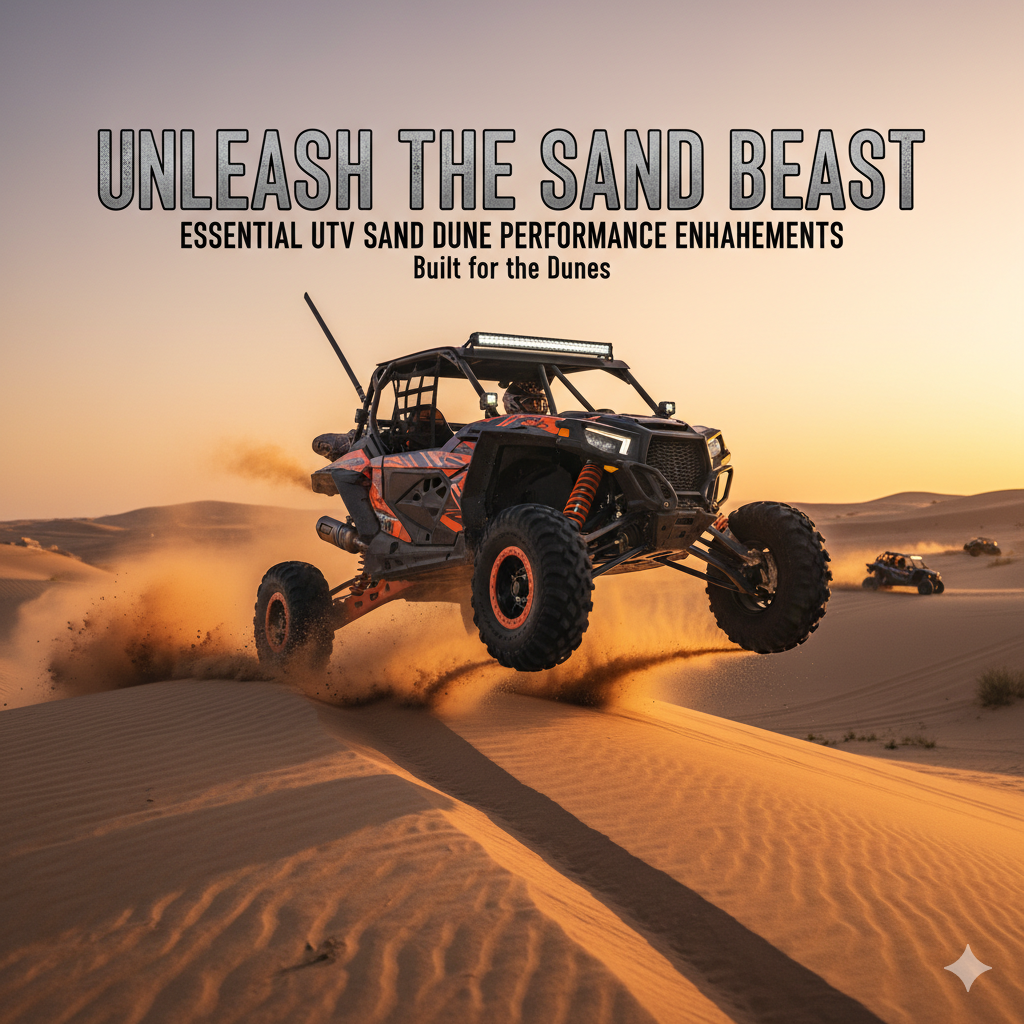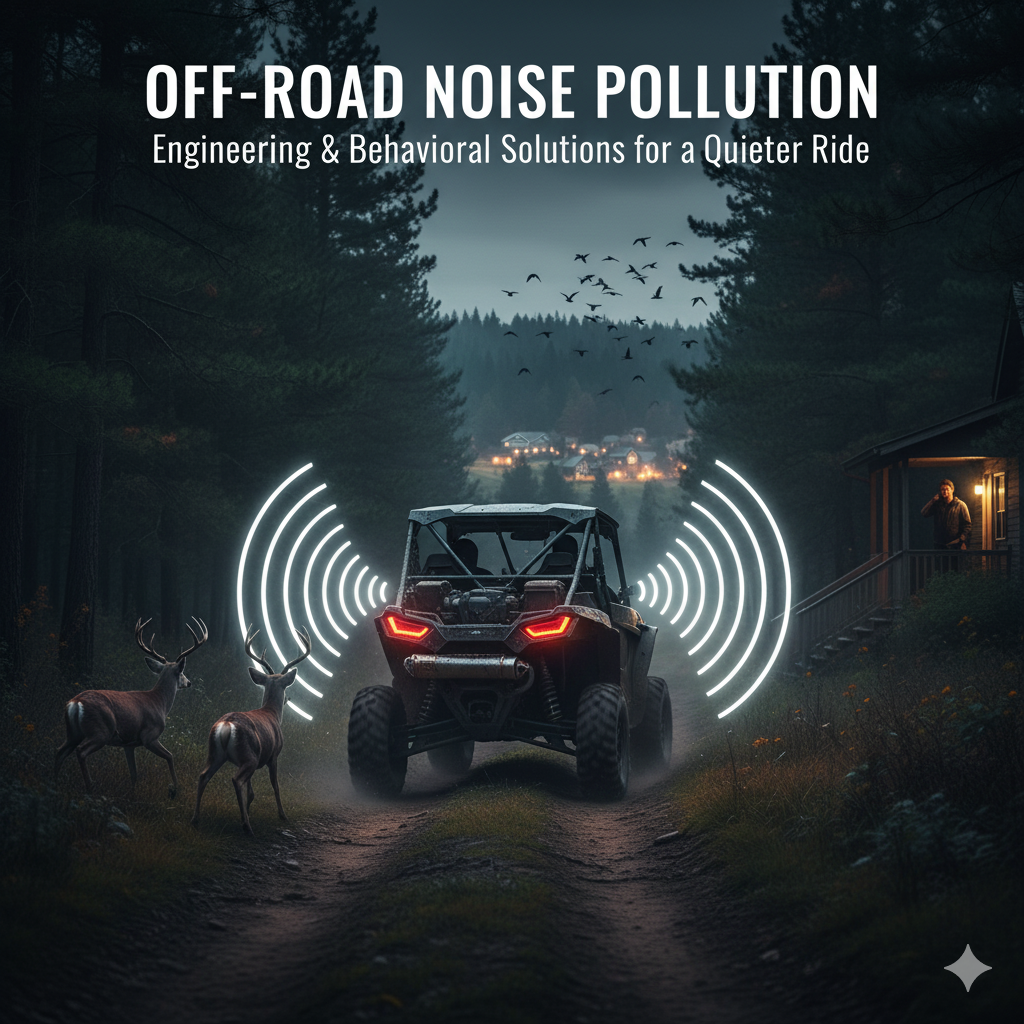For UTV enthusiasts, the call of the dunes is irresistible. The vast, undulating landscapes of sand offer a unique and exhilarating off-road experience, demanding a specialized approach to vehicle setup.
At the heart of conquering these sandy playgrounds lies one of the most critical components: your tires.
Unlike mud, rock, or trail riding, sand requires a tire designed for flotation and propulsion, not digging in.
Choosing the right set of UTV sand tires can dramatically transform your dune-riding experience, turning a struggle into a seamless glide.
I’ve spent countless hours navigating sandy terrains, and I can attest that the difference a specialized sand tire makes is monumental.
This comprehensive guide will delve into the world of UTV sand tires comparison, helping you understand the nuances between different types and what makes each excel in specific conditions.
We’ll explore the fundamental differences between paddle and ribbed tires, discuss the pros and cons of molded versus buffed designs, and highlight key factors to consider when making your selection.
My goal is to equip you with the knowledge to choose the perfect sand tires for your UTV, ensuring maximum flotation, traction, and an unforgettable adventure on the dunes.
Let’s dig in (or rather, float on!) and find your ideal sand setup.
Understanding the Types of UTV Sand Tires: Paddle vs. Ribbed
When embarking on a UTV sand tires comparison, the first and most crucial distinction you’ll encounter is between paddle tires and ribbed (or smooth) tires.
These two primary types serve very different functions and are typically used in conjunction to optimize your UTV’s performance in sandy environments.
1. Paddle Tires: The Propulsion Powerhouses
Paddle tires are specifically designed for the rear of your UTV, where the majority of the propulsion and traction is needed.
Their distinctive feature is a series of large, scoop-like paddles (or scoops) that are molded directly into the tire’s carcass.
These paddles act like miniature shovels, digging into the sand and propelling the UTV forward with immense force. Key characteristics and considerations for paddle tires include:
- Aggressive Traction: The primary benefit of paddle tires is their unparalleled traction in loose sand. They excel at digging in and providing forward momentum, making them ideal for climbing steep dunes and accelerating quickly.
- Paddle Count and Height: Paddle tires come with varying numbers of paddles (e.g., 8, 10, 12, 14, 16 paddles) and different paddle heights. Generally, more paddles and taller paddles provide more aggressive traction, which is beneficial for higher horsepower UTVs or very soft sand. However, too many paddles or overly tall paddles can create excessive drag, reduce top speed, and put more strain on your drivetrain [1].
- Molded vs. Buffed:
- Molded Paddle Tires: These tires are manufactures with the paddles already integrates into the design. They are generally more durable and consistent in their performance. They offer a good balance of traction and longevity.
-
- Buffed Paddle Tires: These start as regular off-road tires, and then the existing tread is ‘buffed’ or shaved off, and paddles are glued or molded onto the smooth carcass. Buffed tires are often lighter than molded ones, which can reduce rotational mass and improve acceleration. They are popular among racers looking for every ounce of performance, but may be less durable than fully molded options [2].
2. Ribbed (or Smooth) Front Tires: Steering and Flotation
While paddle tires handle the propulsion at the rear, the front tires of a UTV in sand serve a different purpose: steering and flotation.
Traditional knobby off-road tires would dig into the sand, making steering difficult and causing the front end to plow.
This is why rubbed or smooth tires are preference for the front:
- Enhanced Steering: Ribbed tires feature one or more raised ribs running circumferentially around the tire.
- These ribs help the tire track straight and provide steering control without digging in excessively.
- Smooth (or ‘smoothie’) tires have no tread pattern at all, offering maximum flotation and minimal resistance, which is excellent for steering responsiveness.
- Superior Flotation: Both ribbed and smooth front tires are designed to ‘float’ on top of the sand rather than digging into it.
- This reduces rolling resistance, making it easier for the rear paddle tires to propel the UTV forward and preventing the front end from bogging down.
- Reduced Drag: The minimal tread pattern on these front tires significantly reduces drag, allowing the UTV to maintain higher speeds and conserve horsepower.
The combination of aggressive paddle tires at the rear and smooth or ribbed tires at the front is the standard setup for optimal UTV performance in sand.
This pairing ensures that your UTV can effectively accelerate, climb, and steer through the unique challenges of dune riding.
[1] Sand tires, especially the rear paddles, give you better acceleration and greater traction which translates to quicker float and higher speeds.
– Valor Offroad, UTV Sand Kit Buyers Guide.
[2] “Like we said, the two main types of sand tires are buffed and molded.
Here’s a quick rundown: Buffed Tires:
These tires start out molded the…” – SuperATV, The Ultimate UTV Paddle and Sand Tire Guide.
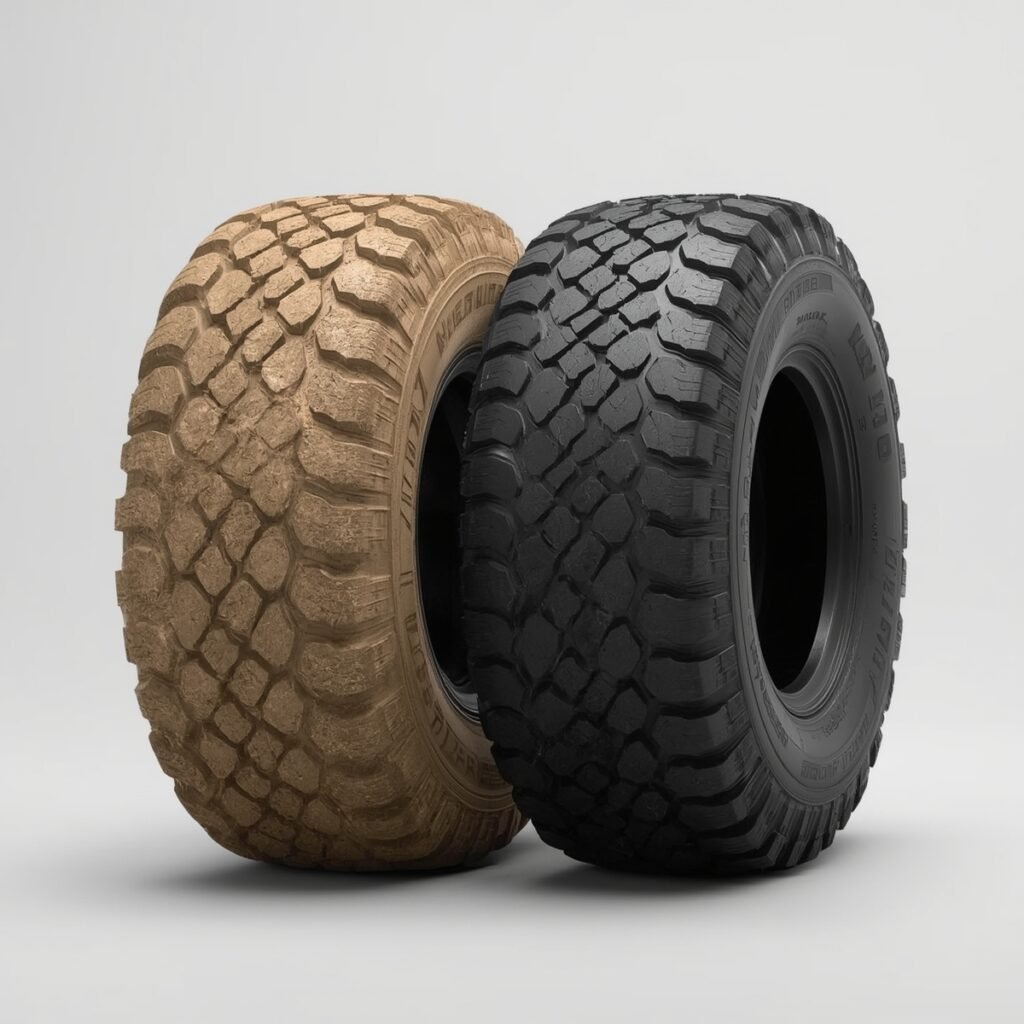
Factors to Consider When Choosing UTV Sand Tires
Beyond the basic UTV sand tires comparison of paddle versus ribbed, several other critical factors come into play when selecting the ideal sand tires for your UTV.
These considerations will help you fine-tune your setup for optimal performance, safety, and longevity in the dunes.
1. UTV Horsepower and Weight
The power output and weight of your UTV are paramount in determining the appropriate paddle tire setup.
Higher horsepower machines can typically handle more aggressive paddle designs (more paddles, taller paddles) without bogging down.
Conversely, a lower horsepower UTV might struggle with too much paddle, leading to excessive drag and reduced top speed.
Matching the tire to your UTV’s power-to-weight ratio is crucial for efficient power transfer and preventing unnecessary strain on your drivetrain [3].
2. Type of Sand and Riding Style
Not all sand is created equal.
The characteristics of the sand you typically ride on will influence your tire choice:
- Soft, Loose Sand: Requires more aggressive paddles and greater flotation. Buffed tires might be preferred for their lighter weight and quick acceleration.
- Packed, Wet Sand: Can handle less aggressive paddles, and some riders might even opt for all-terrain tires with good traction in these conditions, though dedicated sand tires will still offer superior performance.
Your riding style also plays a significant role.
Are you a high-speed dune blaster, a technical hill climber, or a casual cruiser?
Aggressive riders often prefer more paddles for maximum traction, while those prioritizing top speed might opt for fewer, lighter paddles.
3. Tire Size and Diameter
Choosing the correct tire size is vital.
Larger diameter tires generally offer better flotation and ground clearance, which can be advantageous in deep sand.
However, they also add rotational mass and can affect gearing,
potentially requiring clutch modifications or gear reductions to maintain optimal performance.
Ensure your UTV has adequate clearance for the chosen tire size, especially if you’re running a stock suspension [4].
4. Ply Rating and Durability
While sand is generally softer than rocky trails, punctures and tears can still occur from hidden debris or aggressive driving.
The ply rating of a tire indicates its strength and resistance to punctures.
For sand tires, a balance is needed:
too high a ply rating can make the tire overly stiff and heavy, reducing flotation, while too low can lead to frequent flats.
Look for tires with reinforced sidewalls for added protection.
5. Beadlock Wheels
For serious dune riders, beadlock wheels are a highly recommended accessory.
When riding in sand, it’s common practice to air down your tires to very low pressures (e.g., 5-8 PSI) to increase the tire’s footprint and maximize flotation.
Standard wheels can allow the tire bead to separate from the rim at these low pressures, leading to a de-bead.
Beadlock wheels mechanically clamp the tire bead to the rim, preventing this issue and allowing you to run extremely low pressures with confidence [5].
6. Cost and Brand Reputation
Sand tires can be a significant investment. Research different brands and read reviews to gauge their reputation for performance, durability, and customer service.
While it might be tempting to go for cheaper options,
investing in quality sand tires from reputable manufacturers often pays off in terms of performance, safety, and longevity.
By carefully considering these factors, you can make an informed decision that aligns with your UTV’s capabilities,
your riding preferences, and the specific conditions of the dunes you plan to conquer.
The right sand tire setup will unlock the full potential of your UTV in sandy environments.
[3] “This guide will help you determine which UTV paddle tires are best suited for your vehicle and driving style based on your machine”s horsepower.”
– Force Turbos, How to Choose the Right Sand Tires for Your UTV: A Complete Guide.
[4] “Sand tires do make a huge difference in your rig”s performance on sand, providing the grip, acceleration, handling and power you need to fly over the dunes.”
– High Lifter Blog, Get Ready for the Dunes: Choosing The Best UTV & ATV Sand Tires.
[5] “Your ATV or UTV will also have better traction in sand if your tire pressure is lower than usual, between 3-5 PSI, so you should have beadlock wheels.”
– High Lifter Blog, Get Ready for the Dunes: Choosing The Best UTV & ATV Sand Tires.
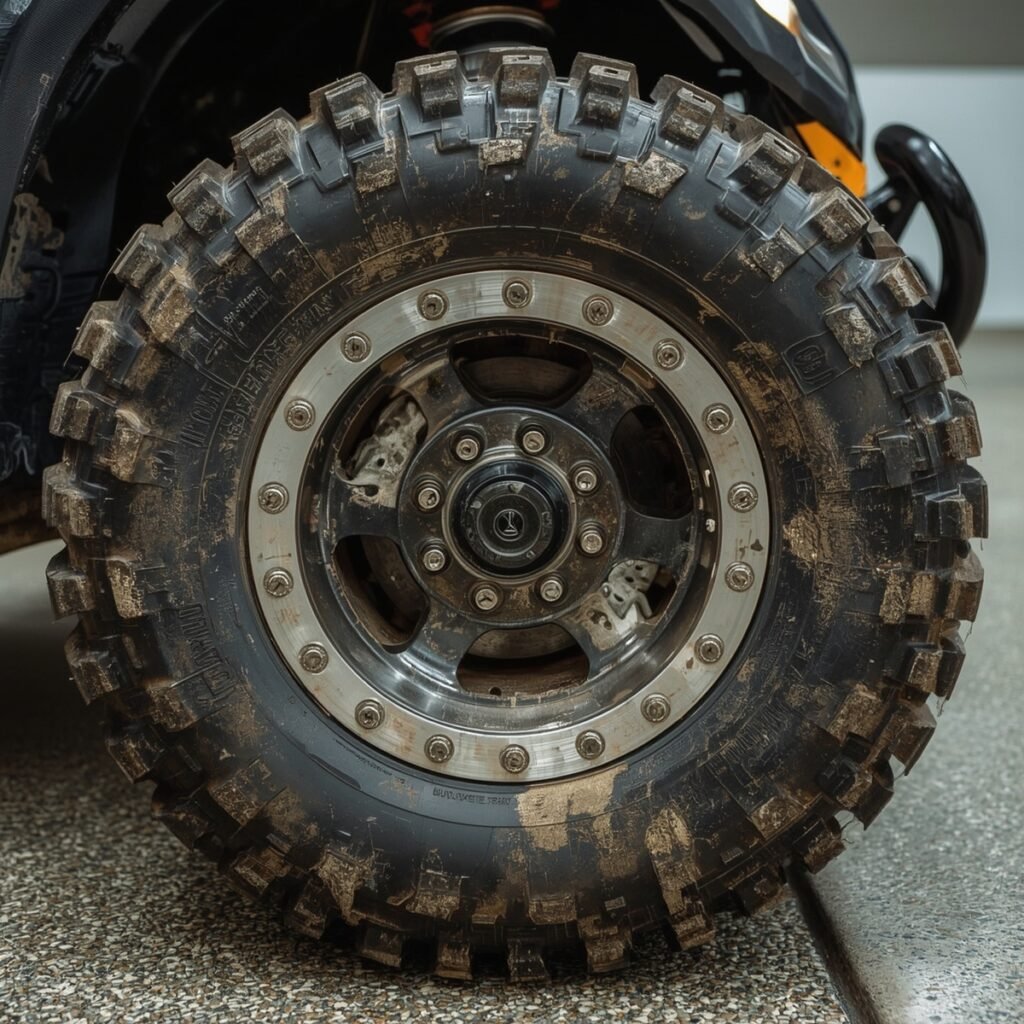
Conclusion: Master the Dunes with the Right Tires
Navigating the unique challenges of sandy terrain in your UTV demands specialized equipment, and at the forefront of that equipment are your tires.
A thorough UTV sand tires comparison reveals that the right combination of paddle tires at the rear and ribbed or smooth tires at the front is essential for maximizing flotation, traction, and overall performance in the dunes.
Understanding the subtle yet significant differences between molded and buffed paddles, and considering factors like your UTV’s horsepower, riding style, and the type of sand you’ll encounter, will empower you to make an informed decision.
Investing in high-quality sand tires is not just about enhancing your UTV’s capabilities; it’s about transforming your dune-riding experience.
With the right tires, you’ll enjoy improved acceleration, better handling, and the confidence to tackle steep climbs and sweeping turns with ease.
So, take the time to research, choose wisely, and get ready to float over the sand, leaving nothing but tracks and unforgettable memories.
The dunes are calling, and with the perfect set of sand tires, you’re ready to answer!
What are your favorite UTV sand tires, and why? Share your experiences and recommendations in the comments below! 👇🏼

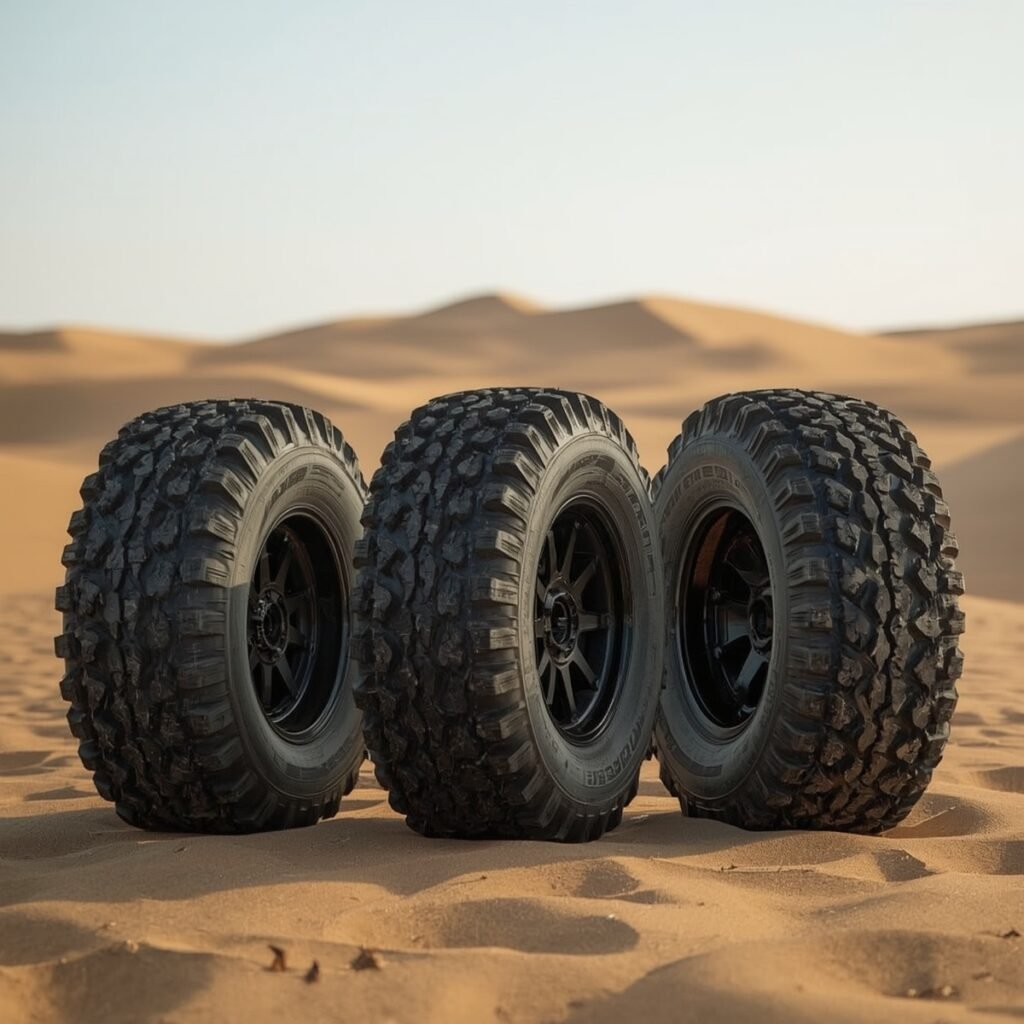
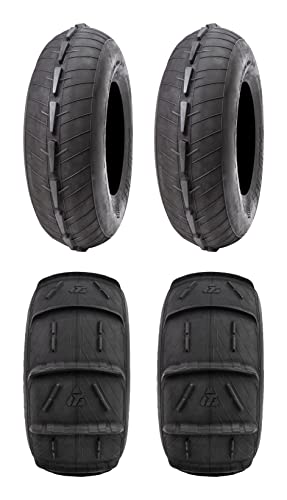
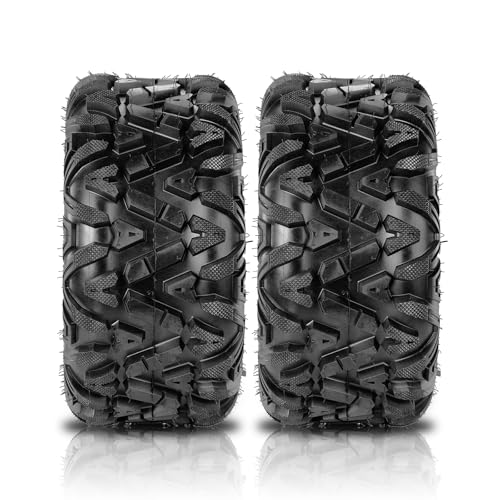
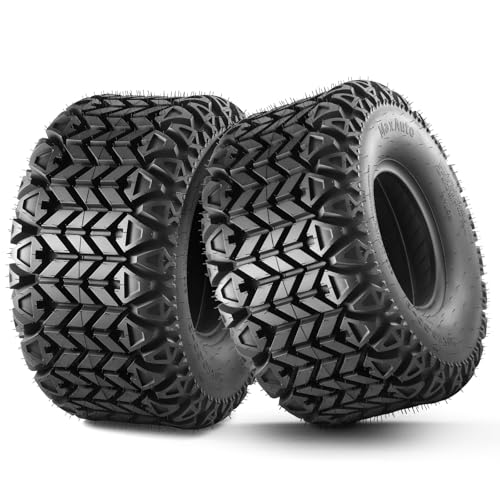
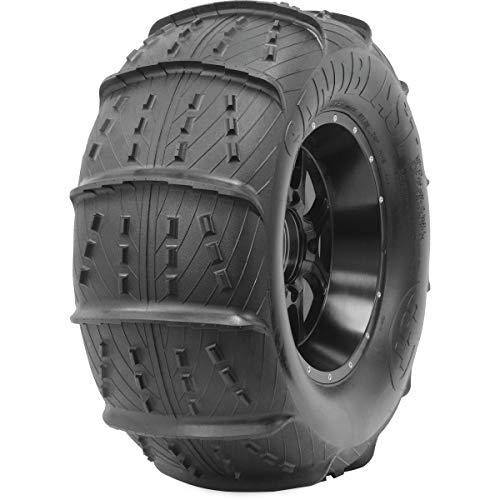
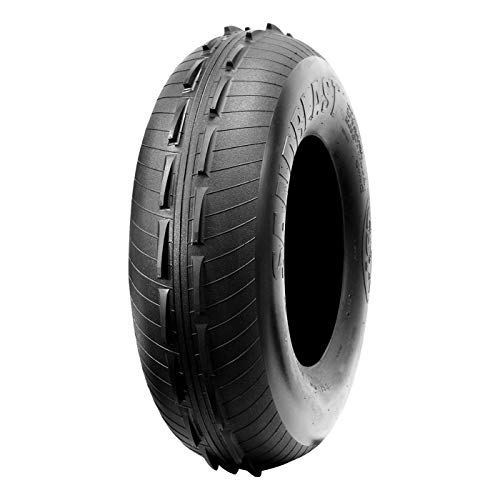
![System 3 SS360 (2ply) ATV/UTV Tire [31x10-15]](https://m.media-amazon.com/images/I/4110qYWx09L.jpg)
![EFX Sand Slinger Paddle Rear (4ply) ATV Tire [29x14-14]](https://m.media-amazon.com/images/I/31QVcn6Tn7L.jpg)
